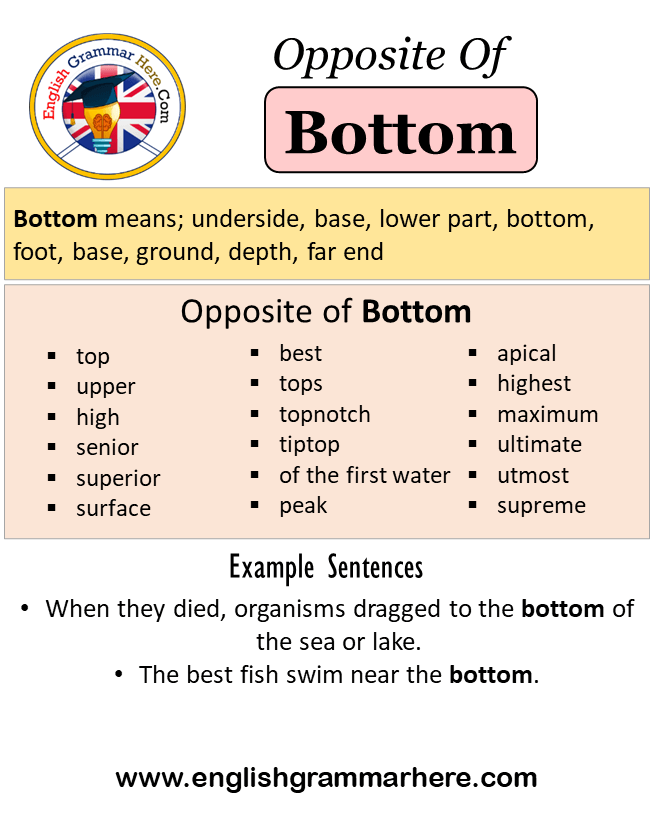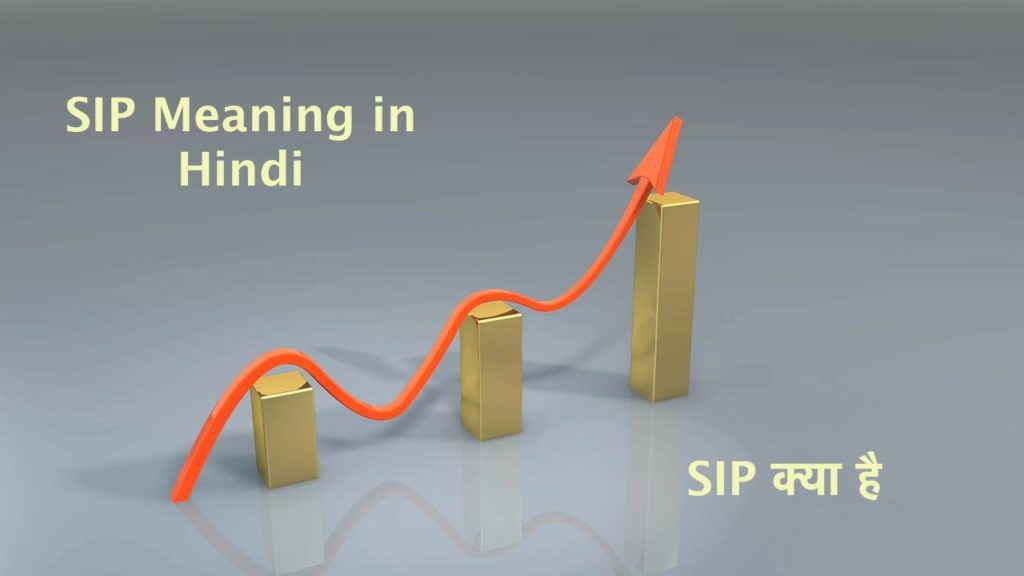
Environmentalists are blind to the need to treat "How to overcome change resistance" as a separate problem and solve that first. That's one reason why the environmental movement has been unable to solve the sustainability problem. Without this decomposition the problem is insolvable because you are trying to simultaneously solve all three subproblems at the same time without realizing it.

It has drifted so far from what's needed that it's broken. The model governments use to run themselves is incapable of solving the sustainability problem. The feedback loops necessary for sustainable environmental impact are simply not there.Ĭ. Presently the human system is improperly coupled to the environment. Presently the human system is strongly resisting changing from unsustainable to sustainable behavior.ī. Then the one big problem is decomposed into the three subproblems present in all difficult social problems:Ī. The top of the framework matrix looks like this:įirst the one big problem is defined in Problem Definition.
BOTTOM SIP MEANING FULL
For a full description of the process, an example of how it can be applied, and a collection of sample solution elements produced by the process, see Common Property Rights: A Process Driven Approach to Solving the Complete Sustainability Problem. Next we give a brief introduction to SIP. After that, converging on solutions to push on the high leverage points is relatively easy. When you've answered all three questions you're done with the analysis. Each is a "find what matters" question that builds on the question before it. What are the high leverage points for resolving the root causes?Įverything else follows from these questions. What are the root causes of each subproblem?ģ.

How can you separate the wheat from the chaff? How can you find the 20% so you can apply the 80-20 rule? If you can't determine what matters and study that, then you can't solve the problem. Most people have great difficulty determining what matters and what doesn't when solving a problem in an area they are unfamiliar with.
BOTTOM SIP MEANING PLUS
Each subproblem is analyzed using a Social Force Diagram plus feedback loop simulation models as necessary. SIP incorporates Social Force Diagrams and The Six Laws of Root Cause Analysis.

The process is summarized in this diagram: The process provides problem solvers with a "fill in the blanks" framework that makes work much more focused and efficient. The System Improvement Process was developed from scratch to solve large-scale difficult social problems, especially the sustainability problem. Why has environmentalism failed to solve the sustainability problem?


 0 kommentar(er)
0 kommentar(er)
